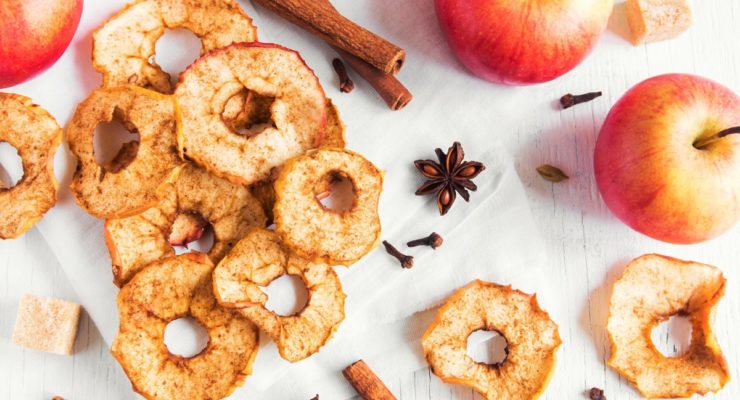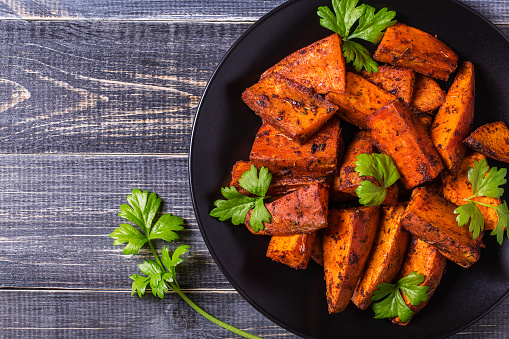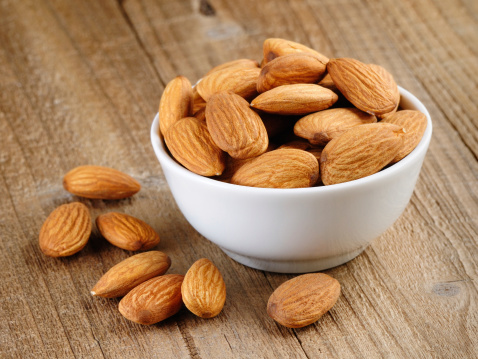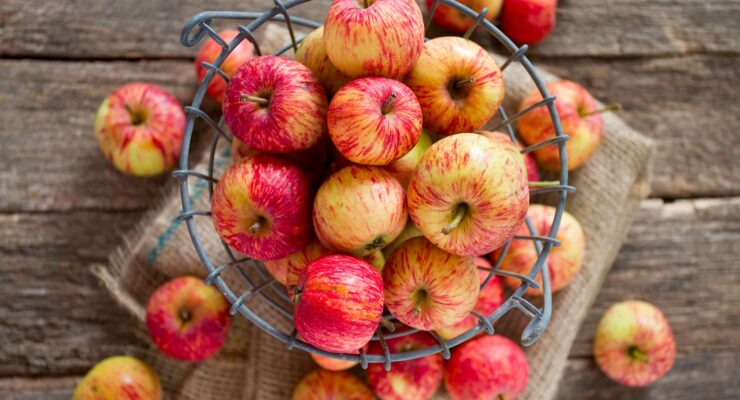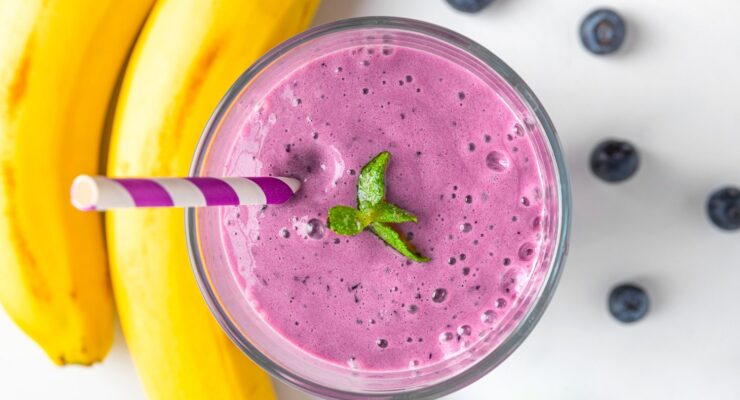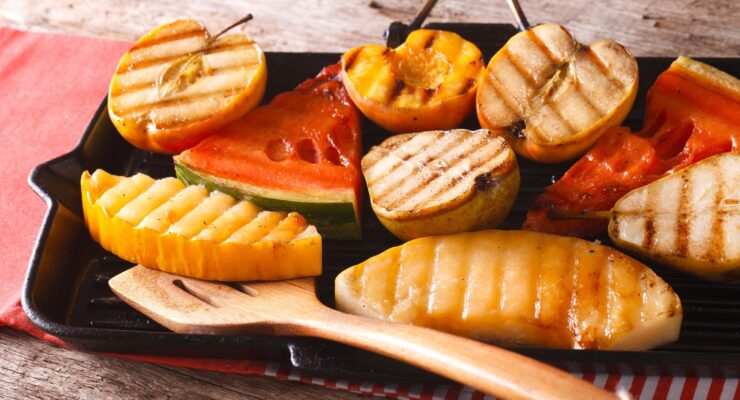7 Simple Swaps for a Healthier Snack Time
Article posted in: Diet & Nutrition
Snacks have the power to do two things: Boost your caloric intake to epic proportions or help you resist temptations that can lead to weight gain.
The key to the latter is simple: Make a smart snack-time match. Pair nutrient-rich carbohydrates that measure low to medium on the glycemic index (meaning they don’t dramatically raise your blood sugar and increase your appetite)—with high quality proteins or healthy fats that take longer to digest. For all of you folks on Nutrisystem, this means that you should pair SmartCarbs with PowerFuels to beat an afternoon snack slump. The combo will keep you feeling fuller longer.
Here are some examples of smart snack swaps:
1. Instead of eating your favorite filled cookie, core and slice a medium apple into rounds. Spread one slice with peanut, almond or cashew butter, sprinkle on a few raisins, a dash of cinnamon, then cover with another apple slice. Unlike cookies, apples are high in fiber. Nuts and nut butters have not only been associated with heart health, even though they’re high in fat and calories, many studies find that nut snacks can help you lose or maintain weight. Just be sure to consult with your Grocery Guide to ensure you’re eating proper portions.
2. Feed your candy craving with dried fruit and nuts. With a small knife, cut into individual dried apricots or dried figs (stick to ¼ cup) and insert an almond (no more than two tablespoons) for a tasty and crunchy treat. Dried fruits offer a concentrated burst of sugar while the protein and fat in the nuts help slow down the rapid rise in blood sugar that could make you hungry for more. The fruits also contain antioxidants and fiber.
3. Instead of ice cream or pudding, mix one cup of fresh pineapple slices with ½ cup of 1% fat, no salt-added cottage cheese or a cup of nonfat yogurt and sprinkle with ground cinnamon. It’s a naturally sweet and creamy snack that serves up calcium, along with other nutrients. Plus, that little dash of cinnamon can help keep your blood sugar in check.
4. Replace chips with crunchy carrots or celery sticks, and fatty dip with ¼ cup of fiber-filled hummus. Make your own hummus using frozen or fresh edamame, a filling high-protein, high-fiber food better known as soybeans. In your food processor or blender, blend ½ cup of edamame with about a teaspoon of tahini (sesame paste), a splash of lemon juice, and one or two cloves of garlic until smooth and creamy. Add a teaspoon of chopped fresh cilantro or ½ teaspoon of ground cumin to spice it up. Not a hummus fan? Dip your veggies in salsa, a Free Food on Nutrisystem.
5. Get your pizza fix by sprinkling ¼ cup of shredded Parmesan cheese over tomato slices on a six-inch, whole wheat pita round and bake in the oven at 400 degrees for six to eight minutes, or until the pita is crisp and the cheese is bubbly. The whole wheat pita has five grams of fiber to help fill you up.
6. Swap the salad bar no-nos (like mayonnaise-laden salads) with veggie-protein salad. Mix a cup of your favorite greens with a variety of crunchy veggies like carrots, radishes, peppers, cauliflower, cucumbers. Add something surprising, like shredded Brussels sprouts or bok choy. Mix with chopped fresh herbs, like cilantro, chives, basil, thyme or dill. And for staying power, include a protein, like ½ cup of shelled edamame, chopped walnuts (two tablespoons), a chopped hardboiled egg or strips of low-fat, low-sodium cheese from one slice. Spritz with a flavorful vinegar such as balsamic or red wine, or two tablespoons of your favorite fat-free salad dressing.
7. Skip the fatty appetizers by pairing three ounces of cooked shrimp with whole grain crackers (no more than a quarter cup), topped with a dollop of cocktail sauce.

